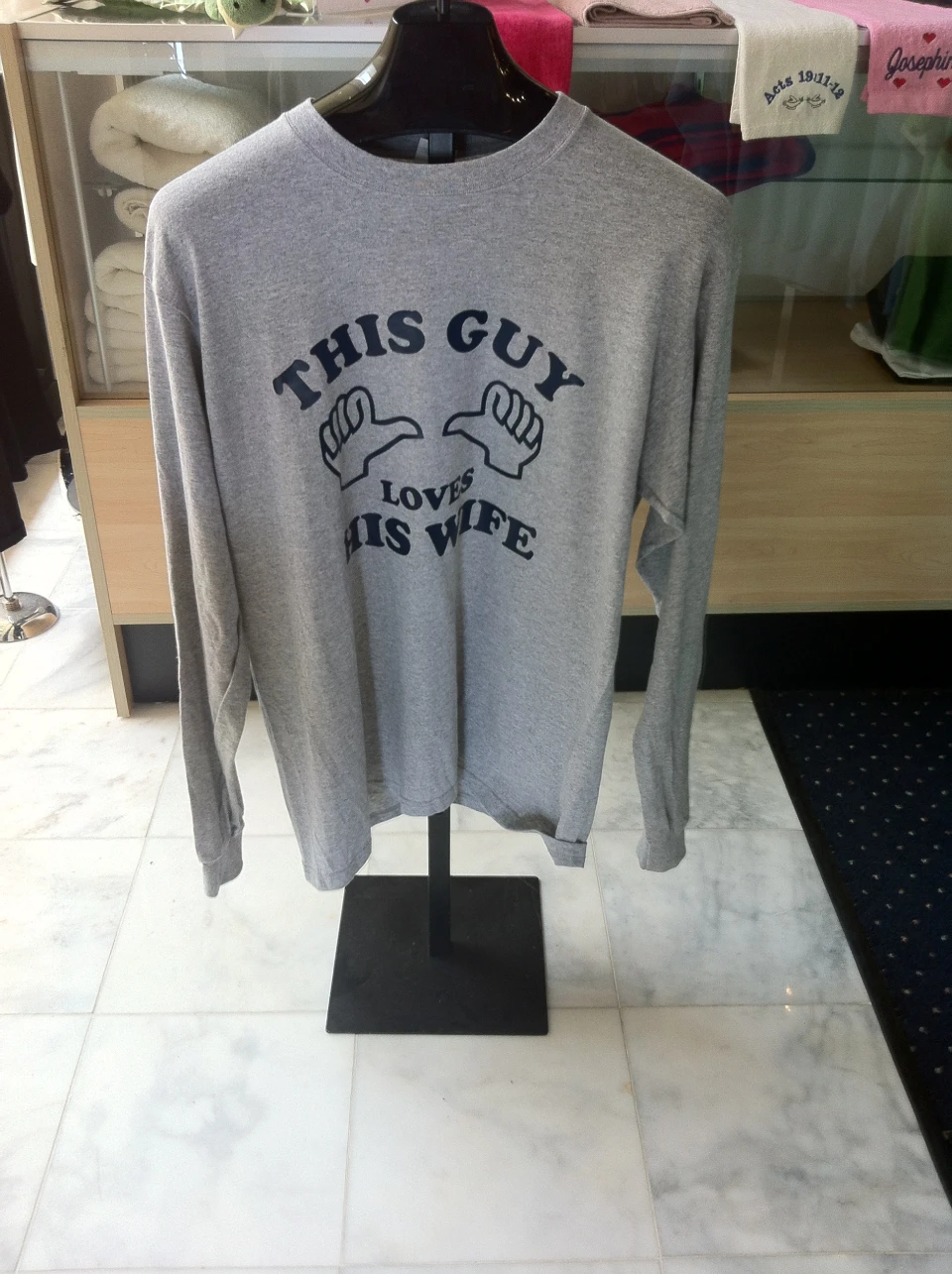The Art of Customized Needlework: Opening the Keys to Creating Unique and Memorable Designs
The tricks to producing custom needlework styles that mesmerize the eye and leave a long lasting impression lie in a fragile equilibrium of technique, creativity, and focus to detail. As we delve right into the globe of customized embroidery, we reveal the nuanced interplay between string selection, sew intricacy, and design customization that raises a mere garment to a job of art.
Selecting the Right Needlework Threads
When picking embroidery strings, what essential factors should you think about to make certain the ideal results for your personalized designs? The option of needlework thread is critical in identifying the last end result of your embroidered layout.
Additionally, the weight or thickness of the string plays a substantial role in the appearance of the embroidery. Thicker threads can add dimension and texture to your style, while finer threads are suitable for detailed information and little message. Furthermore, thinking about the color fastness and washability of the string is important to make sure that your custom-made styles maintain their high quality and vibrancy in time. By carefully assessing these factors and picking top quality threads that fulfill your details demands, you can improve the visual charm and longevity of your embroidered productions.
Discovering Different Stitch Strategies
To look into the realm of 'Discovering Different Stitch Strategies', one should realize the ins and outs and subtleties that each stitching approach gives the art of needlework. Different stitch methods not just add aesthetic interest yet also add to the overall structure and measurement of the style. One preferred stitch technique is the satin stitch, which entails closely jam-packed parallel stitches to develop a smooth and shiny surface area, ideal for completing forms and creating strong outlines.
On the other hand, the backstitch is a functional technique usually utilized for laying out and adding great details. It involves stitching in reverse to create a solid line of needlework. In addition, the French knot stitch adds a tactile component to layouts, perfect for producing textured accents like blossom facilities or attractive touches.
Exploring different stitch methods enables embroiderers to have fun with light, darkness, and deepness within their layouts, boosting the visual appeal and creative high quality of their embroidery jobs. By understanding numerous stitching methods, one can unlock unlimited opportunities for producing special and remarkable personalized needlework items.
Incorporating Personalized Layout Components
Having actually explored the complexities of different stitch methods such as the satin stitch, backstitch, and French knot, the focus now shifts towards incorporating personalized layout aspects in custom-made needlework jobs. Customized design components play an essential function in making embroidery jobs genuinely special and memorable.
Another means to include individualized style elements is by consisting of signs or motifs that hold unique meaning to the recipient or mirror their rate of interests and individuality. Integrating a favorite blossom, animal, or hobby-related icon can make the embroidery layout a lot more meaningful and individualized. Additionally, selecting colors that reverberate with the recipient or line up with the intended style can further boost the personalization of the needlework project.
Mastering the Art of Color Coordination
One secret aspect of color control is understanding shade theory. This consists of knowing just how different colors connect with each other, the feelings they convey, and exactly how they can be incorporated to get your suit tailored create aesthetically appealing styles. By using shade theory principles, embroiderers can develop harmonious color schemes that enhance the general appearance of the design.
Furthermore, taking notice of comparison is crucial in color coordination. Making use of contrasting colors can assist specific aspects of the layout pop, improve clarity, and develop an aesthetically dynamic embroidery piece. By grasping the art of shade coordination, embroiderers can elevate their styles and produce unforgettable items that reverberate with clients and customers alike.
Enhancing Appearance With Advanced Needlework Stitches

French knots, for instance, are perfect for adding tiny, increased dots to your design, mimicking the look of grains or creating a distinctive surface. Bullion knots, on the various other hand, can be used to develop twisted, ropelike aspects that include a lavish feel to the needlework. Seed stitching involves small, scattered stitches that can load in areas with a speckled structure, while turkey work creates fluffy, dimensional accents reminiscent of animal hair or vegetation. Try out these sophisticated needlework stitches permits you to press the borders of typical needlework and develop absolutely one-of-a-kind and aesthetically enticing appearances in your layouts.
Verdict
To conclude, the art of personalized needlework involves a combination of picking the Full Article appropriate strings, checking out different stitch methods, incorporating personalized design components, grasping shade sychronisation, and enhancing appearance with advanced stitches. By understanding and carrying out these key aspects, embroiderers can develop unique and unforgettable layouts that showcase their imagination and ability. Needlework enthusiasts can open the tricks to producing lovely and custom pieces that stand out and leave an enduring impression.